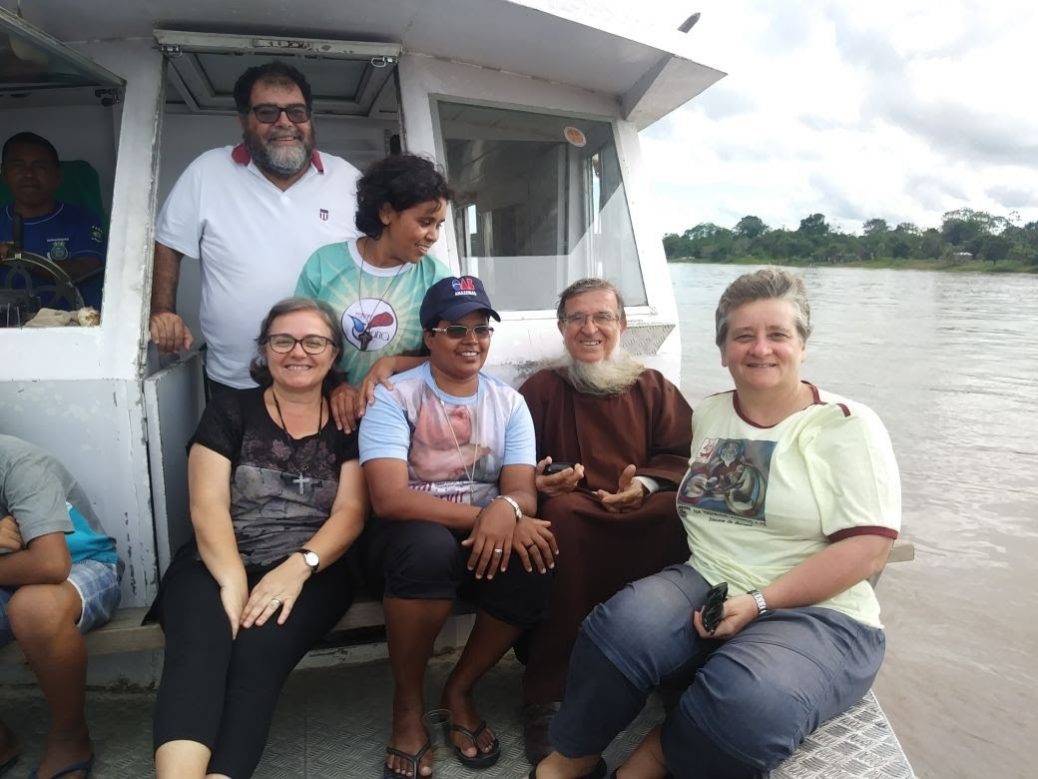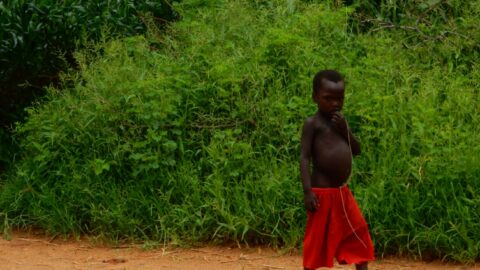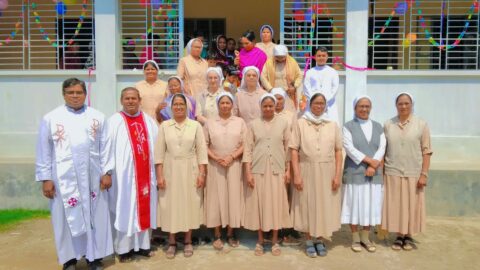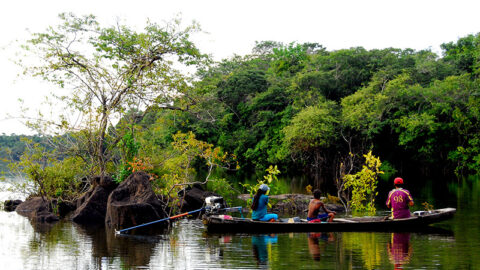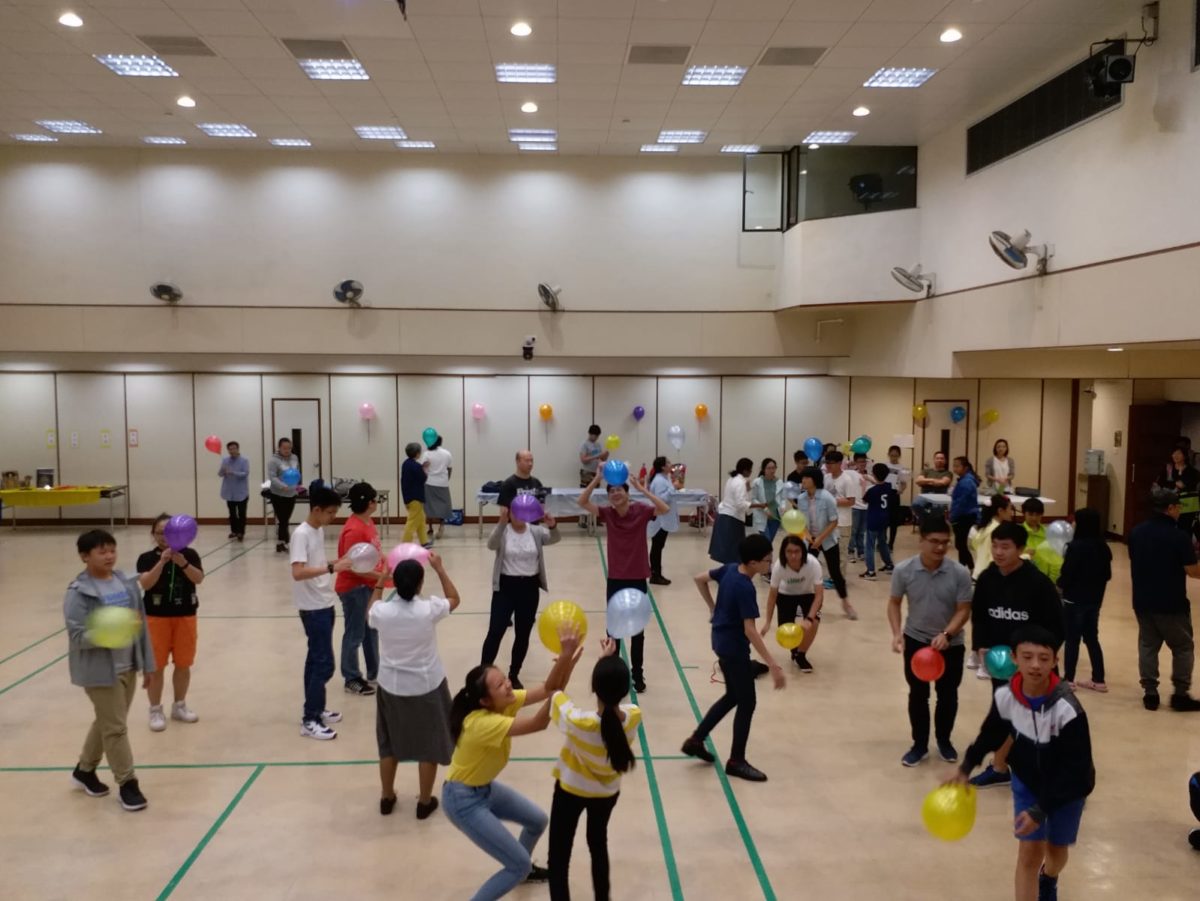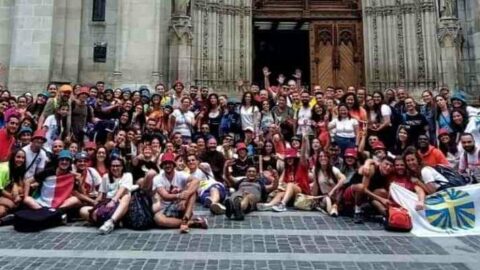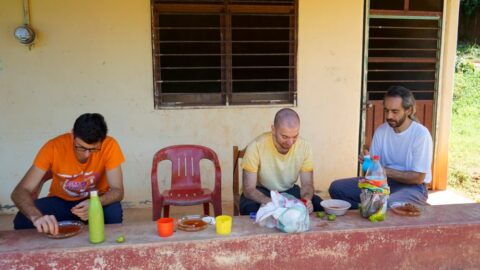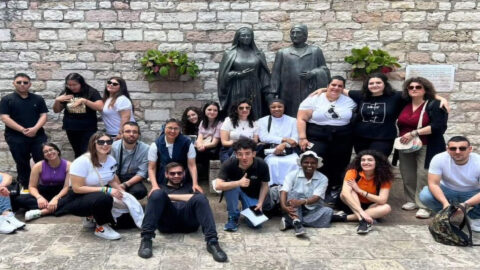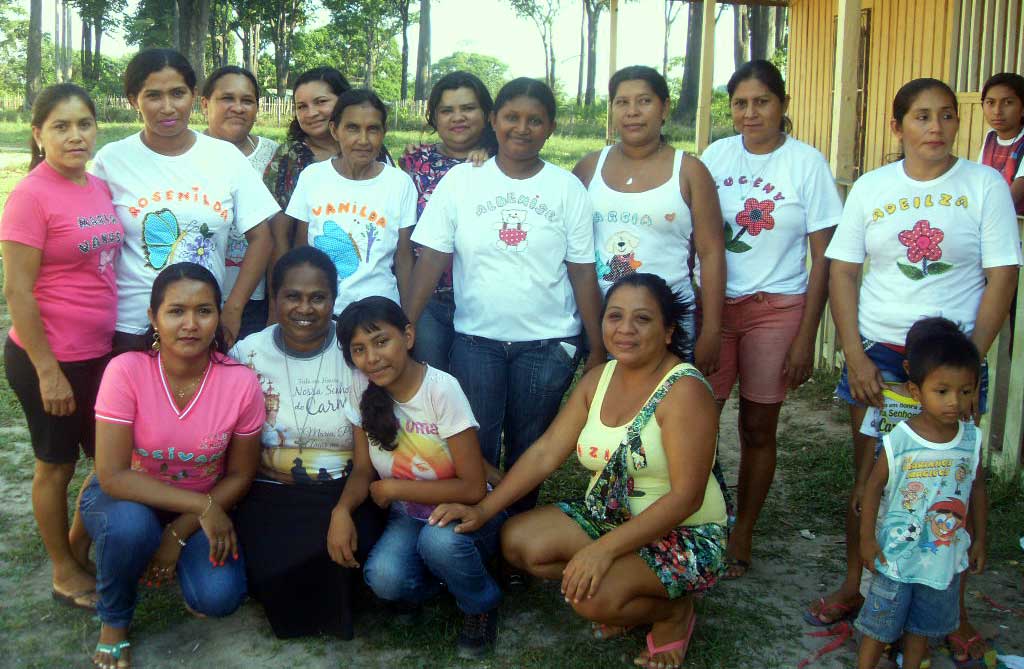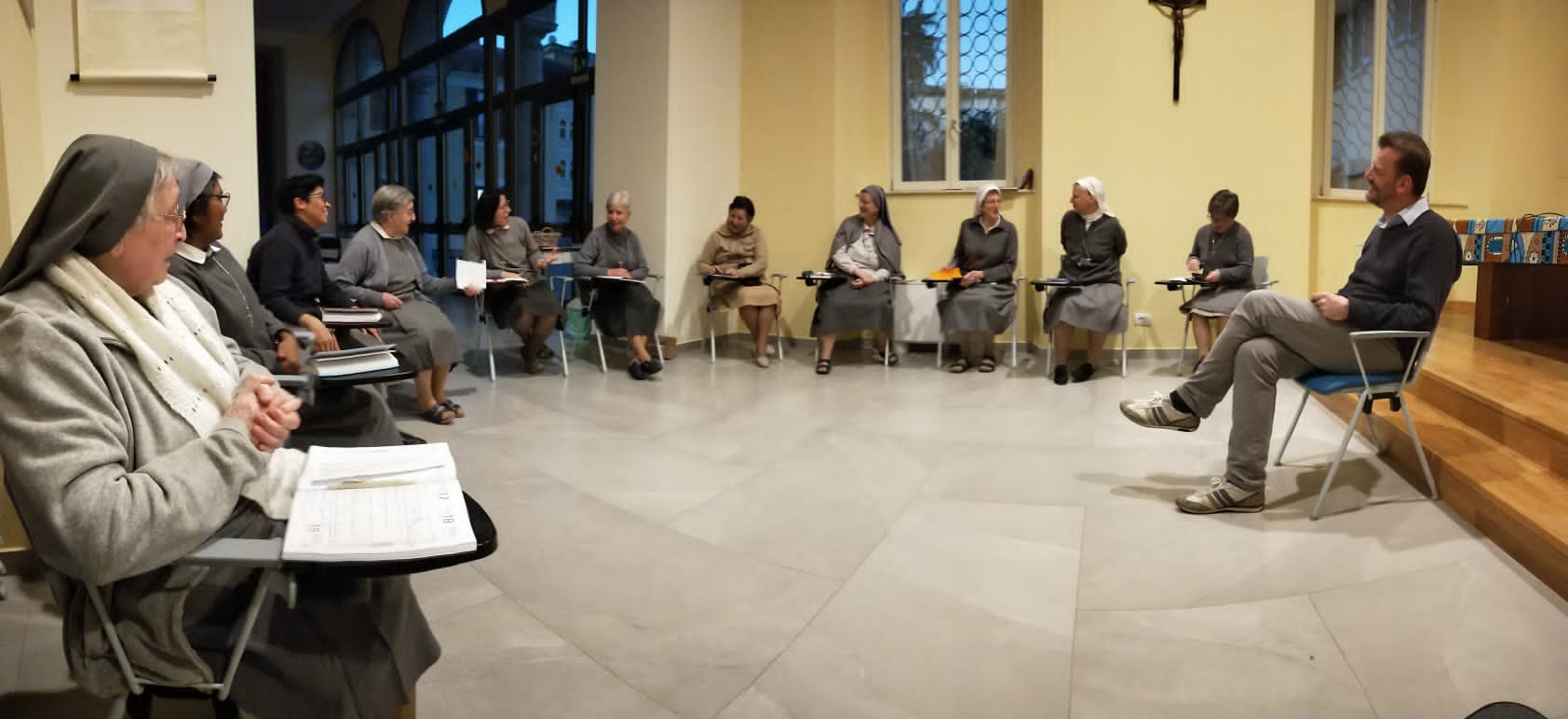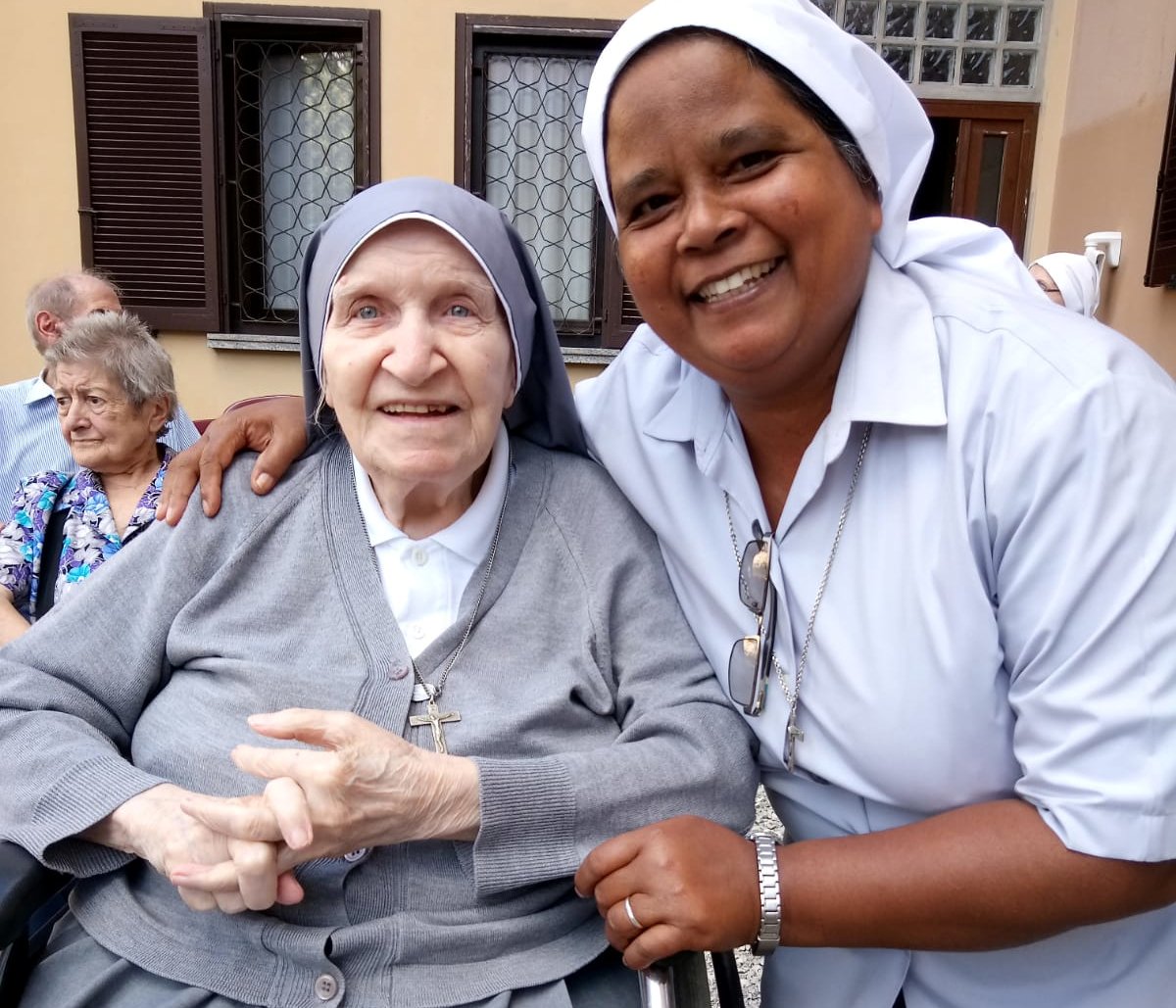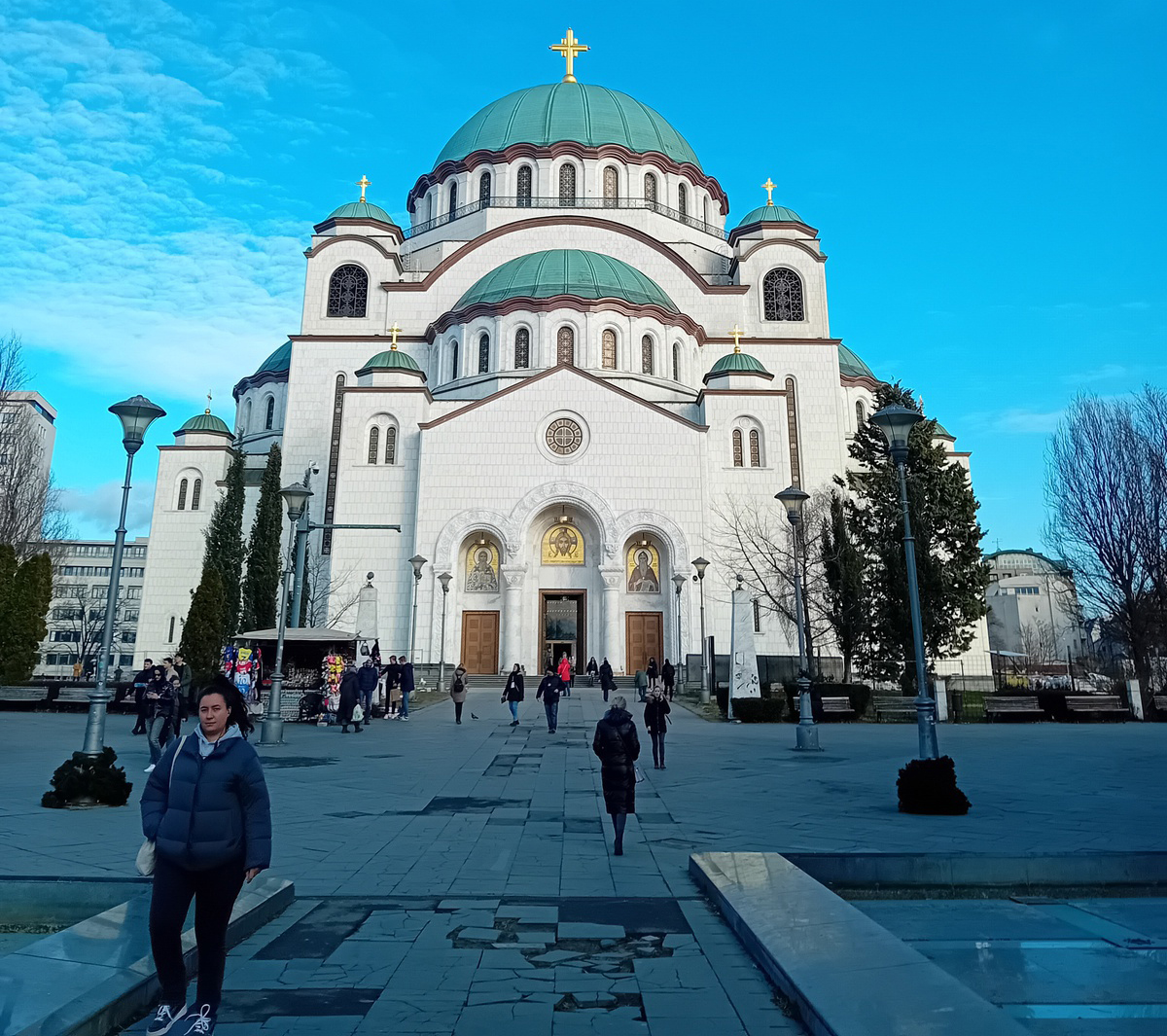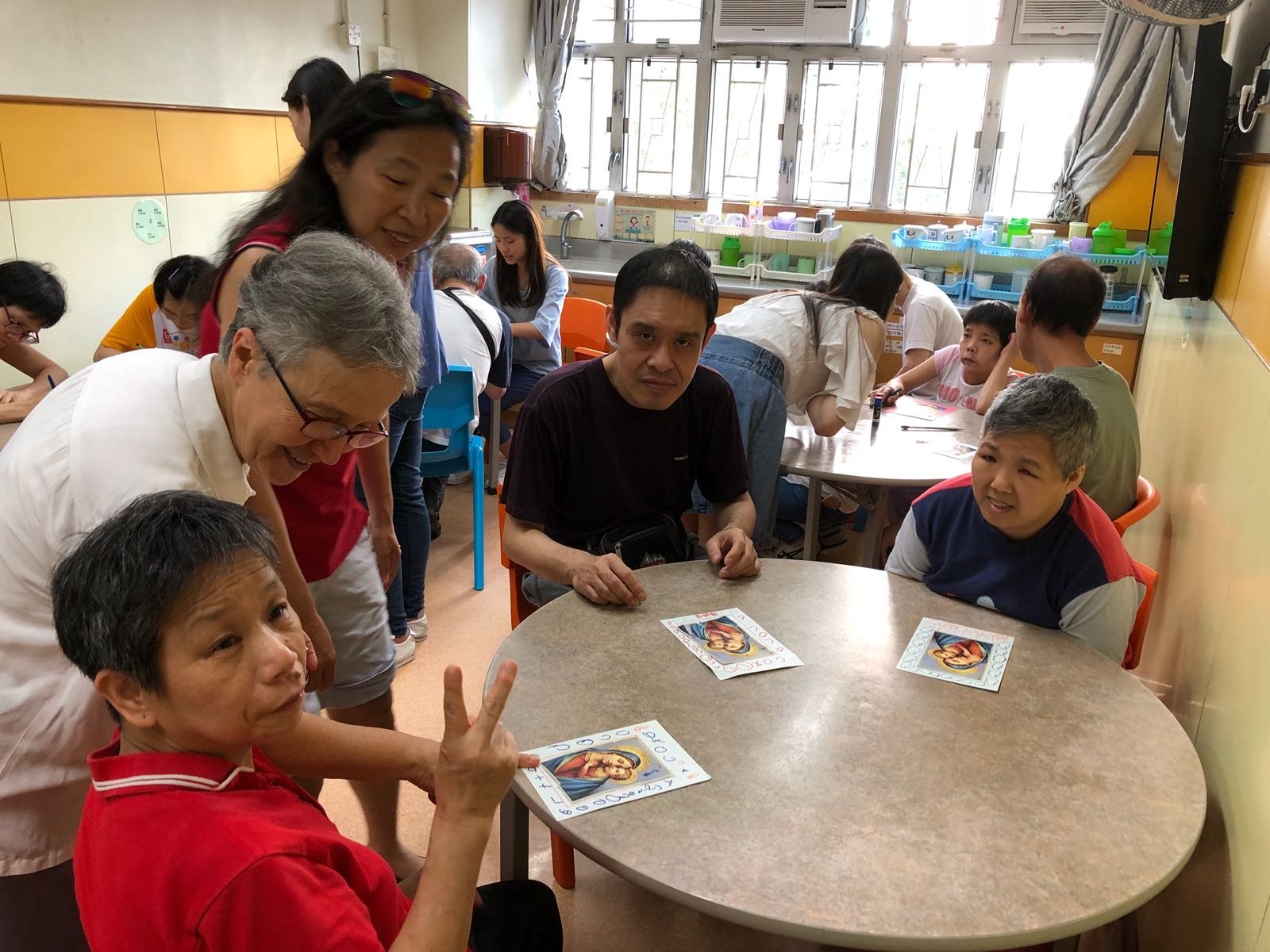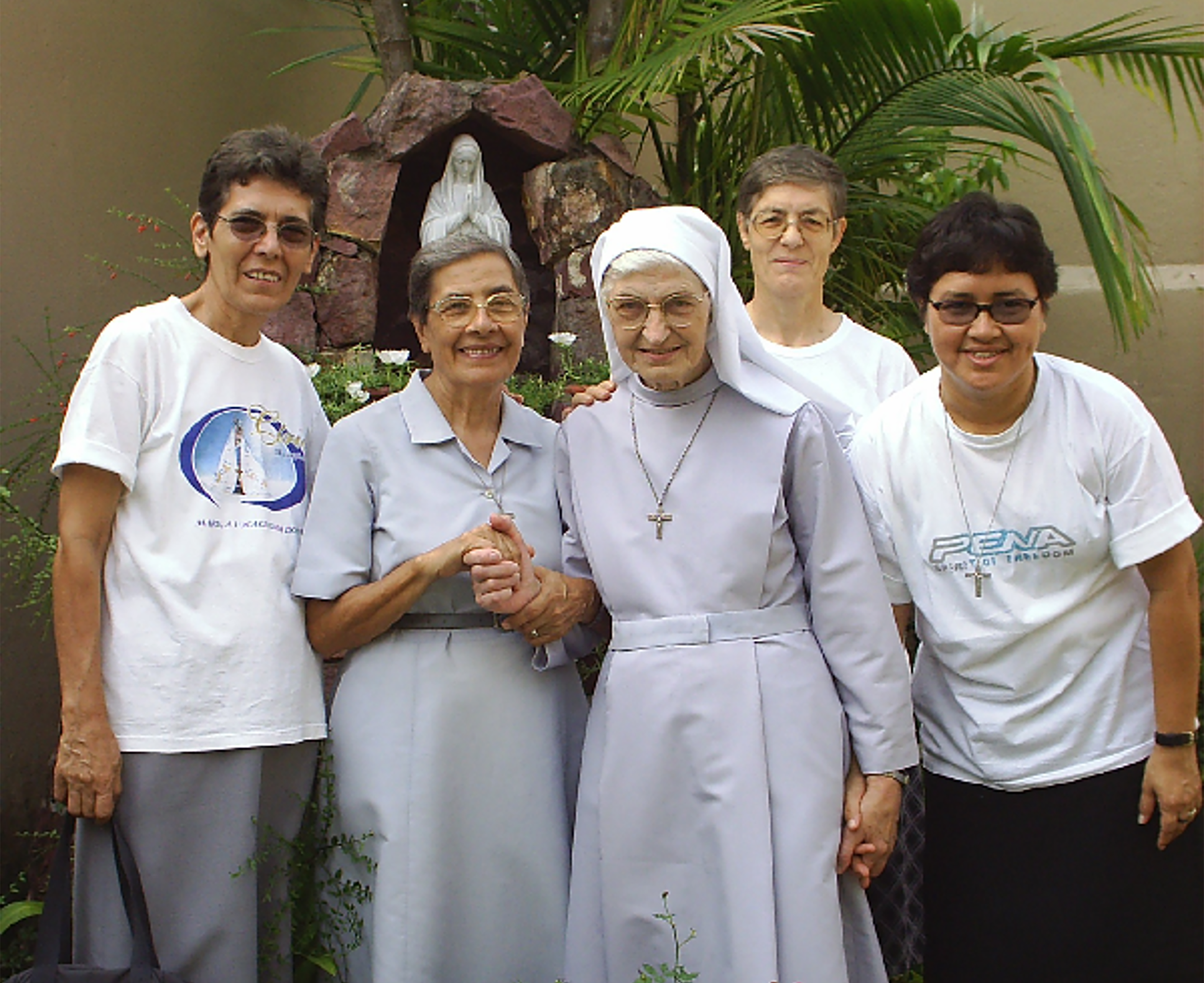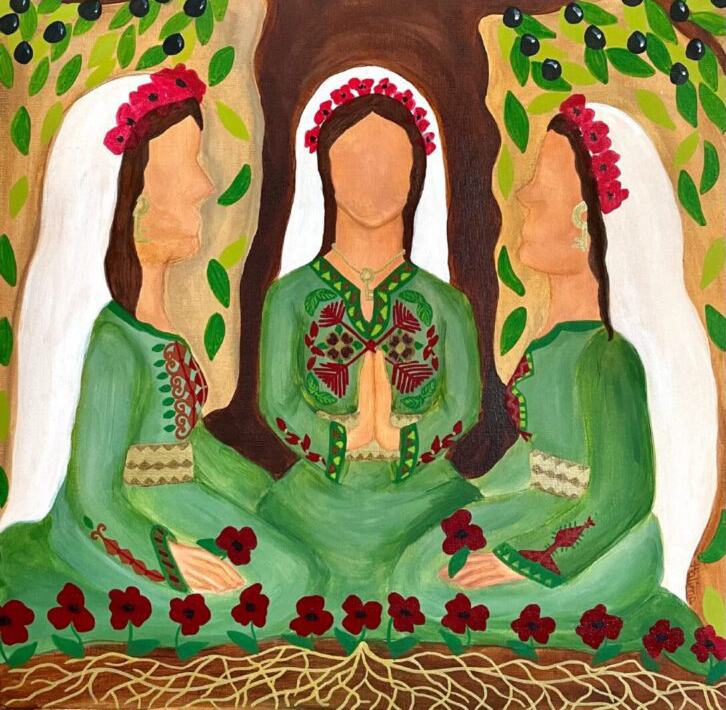And here we are! This year, the trip on Easter Monday was special for me, for Sr. Dora and for Sr. Ani Ajitha. Our destination was Tabatinga and then to Santa Rita do Weil, a community within São Paolo de Olivença, the residence of the parish.
It was for a long time we were trying to ensure our presence in the triple frontiers of Brazil, Colombia, and Peru, beginning with the itinerary team and then with an inter-congregational community project and finally ensuring our presence as an interprovincial community (the two provinces of North and South Brazil).
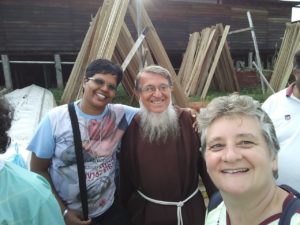 We arrived on Monday after Easter. We were welcomed with great enthusiasm by the Bishop Mons, Adolfo Zon Pereira after which we attended a Diocesan meeting in preparation for the Synod for the Amazon. Due to this reason we did not immediately proceed to our community.
We arrived on Monday after Easter. We were welcomed with great enthusiasm by the Bishop Mons, Adolfo Zon Pereira after which we attended a Diocesan meeting in preparation for the Synod for the Amazon. Due to this reason we did not immediately proceed to our community.
The Diocese of Alto Solimões consists of 8 parishes with 15 priests but only one of the priests is a native of this Region. The others are religious (Capuchins and Saverians), other Dioceses of Brazil “who render their service” for a period of time to the Church of Amazonia. Then, there are also present various religious congregations.
One of the characteristics of this area of Amazonia, being a border area, is that it is very populated. This region is inhabited mainly by indigenous ethnic groups and the most predominant populations are the Ticuna. One of the most numerous indigenous people of Brazil who has maintained their cultural roots with their own rites and traditions and speak their own language. There are also people of Cocama, the Cambeba and the Caramari.
There is an enormous military presence to ensure border security alongside the Peruvians who, especially in São Paulo de Olivença, have almost a monopoly on legal or illegal trade. The frontier land also means a land with very serious social and security challenges: high suicide rate among young people due to lack of perspectives, drug trafficking and people trafficking are among the resounding suppressed cries.
But, at the end what have we come to do, in this small piece of the world that even the Google Map cannot find? We still do not know well, we are only “in the first steps” and the interprovincial community is not yet complete. At the beginning it is good to “do nothing” and give time to observe, know, search and create bonds of friendship and trust. We hope to be a respectful presence that can walk and accompany together.
In Santa Rita, the residence of our new community there are Catholic families, a leader who guarantees the celebrations of the Word of God on Sunday, in the absence of the priest who can only be present once a month and the awareness of being a Christian community is to be built. Then there are the communities along the river, mainly indigenous communities that are almost abandoned because the priest can only go once a year.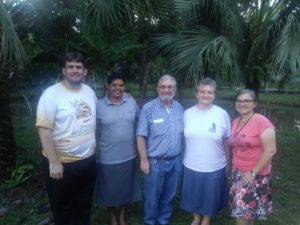
The mission in the Amazon has its own well defined characteristics. The distances, which generate an almost complete isolation from the Catholic communities that are in the remote areas, the lack of priests, with the consequent appeal for the formation of Lay people who have to reconcile with their home, family, work and commitment with the community, and the great social problems that they cannot be reconciled with the proclamation of the good news that offers a life in full and in abundance. The challenge is great, but also the trust in that God – Tupa who has called us to incarnate ourselves here in “neste chão”.
Sr. Laura Valtorta – North Brazil



